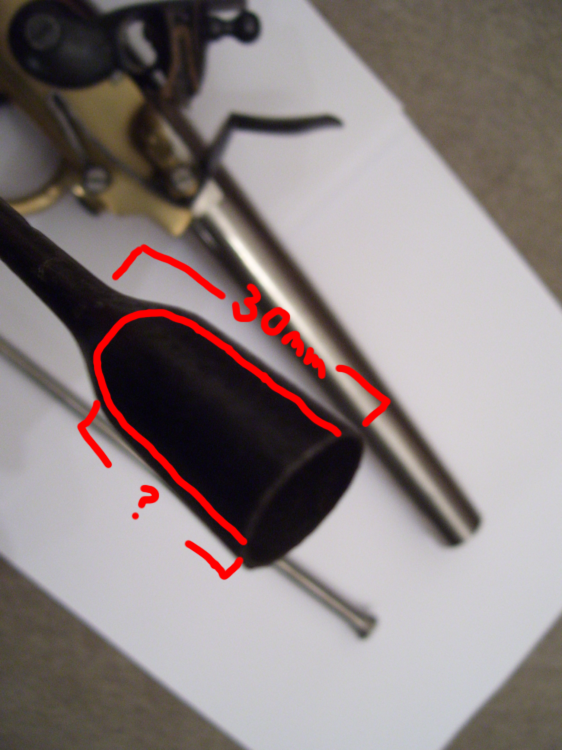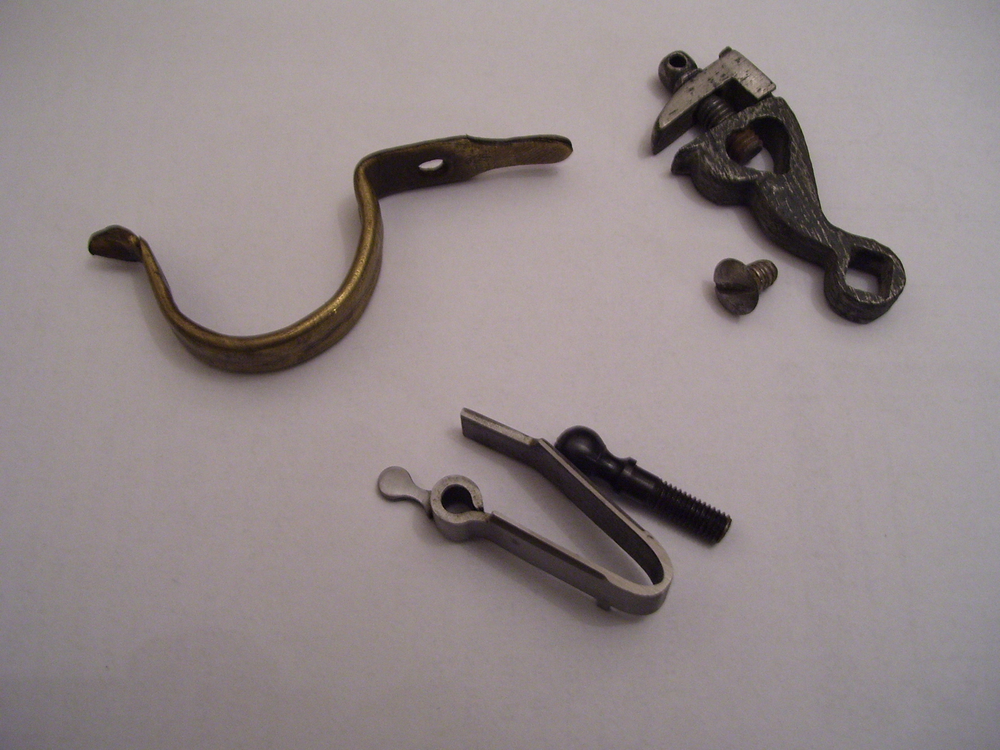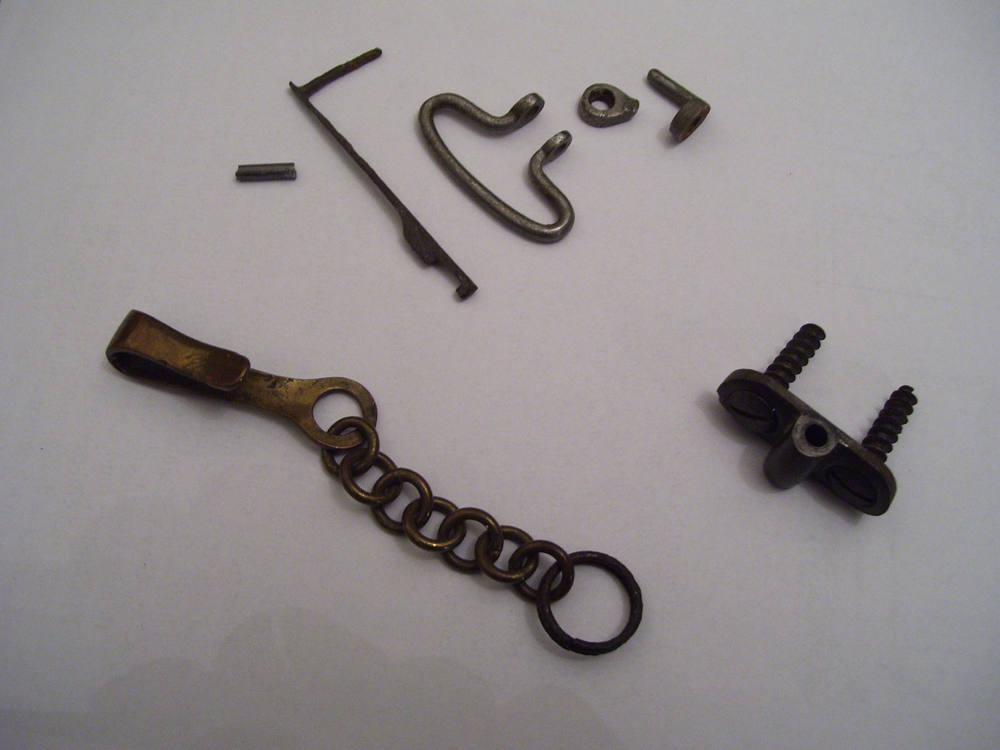Leaderboard
Popular Content
Showing content with the highest reputation on 24/09/20 in all areas
-
Here is a WW1 era Turkish Grenade, the 1914 No. 2 model. It was a cast iron body with a brass fuse. It had a inscription on the side which translated to "type 2 infantry grenade". Additionally it had a notch on the grenade body to allow for a ring to used to attach to equipment. Like most other Central Powers nations, they relied on Germany to supply their needs, pretty much from 1915 onwards, the Turks were supplied with German made or captured arms and equipment. These No.2 grenades are an interesting and unique model. I have had one on my wish list for some time.3 points
-
Nancy Riedel took over the photo studio from her mother, Mercedes Riedel, who founded the business around 1927, an older and a more recent portrait Daughter: Oberärztin Nancy-Anja Narr Various studio photos from Wandsbek that were given to me over the past few years "Der Sonntagssoldat", the father wearing steel helmet and his medals from the Great War. In peacetime he served with the police. The father in uniform with his medals A soldier from Infanterie-Regiment 69 in Wandsbek. An early pre-war photo as can be seen with the cap and other insignia. Identity has unfortunately not been disclosed. A second photo well midwar, depicting the wearer in a tunic which has been made up of a lightweight canvas type material and with a rather individual pattern and with a darkgreen cloth collar. In the buttonhole is the ribbon of the Rumanian decoration for the "Crusade against Bolschewism" with a gilt bar, here not legible. Various other miniature ribbons on a bar. He has the rank of Obergefreiter and is wearing a small plaited lanyard to the right, possibly for a whistle. Waffenfarbe is not discernable, but is certainly not white, of interest are the sliders with the unit number to the shoulders, barely legible. Obviously a photo taken whilst on home leave. Again, no identity to subject portrayed. A family photo taken in the studio, presumably pre-war, the soldier in walking-out dress from Infanterie-Regiment 6, which was based in Lübeck. He is also wearing a marksmanship lanyard. A studio taken wedding photo, certainly pre-war. The bridegroom is an Unteroffizier of an unidentified unit, he is wearing a ribbon bar of the long service medal for 4 years and the sports badge in bronze. Studio photo of a young man in a very presentable RAD uniform with presumably his fiancée. She has been named as Margot K. from the "Gärtnerei", Holzmühlenstraße. A pre-war studio photo of a soldier from 13. Kompanie, Infanterie-Regiment 69 in Wandsbek ( 13./69 ) dating from 29. September 1937. The soldier depicted, is, according to record, Herr L. of Ahrensburger Straße 89 in Wandsbek. The typical details of early uniform are clear in the picture. Two photos from the Great War period, these are later post war studio based reproductions. To the left is an engaged couple. The soldier is a Gefreiter wearing the fieldgrey uniform of a Guards unit and an artillery sabre, so presumably one of the Garde-Feldartillerie-Regiments, which were based around Berlin or Potsdam, the photo having been taken on leave. A further photo of an officer in a standard M.1910 fieldgrey infantry uniform. A photo of a soldier with his bride or his sister? Taken about 1916. He is a Gefreiter, the collar button is barely visable on one side and is wearing the M.1910 fieldgrey tunic with infantry shoulder straps of the 1915 pattern. Possibly from Infanterie-Regiment 76 or one of the regiments of the IX. Armee-Korps. He is also wearing the EK II and the Hamburger Hanseatenkreuz in his buttonhole, these awards had been very recently received at the time.2 points
-
2 points
-
x Air Force Museum, New Zealand In the Australian War Museum in Canberra (control column. and part of gyro compass) Fur overboots worn by Richthofen on his last flight. Australian War Museum, Canberra In private posession Sean Moir, curator of military and political history at Royal Alberta Museum, holds a piece of Manfred von Richthofen’s triplane scavenged after he was shot down at Morlancourt Ridge, near Vaux-sur-Somme, France, April 21, 1918. The piece belonged to Wilfrid Reid “Wop” May as he was the last person the famous Red Baron chased. It’s now part of the Royal Alberta Museum’s vast collection of Great War artefacts. Fish Griwkowsky, Edmonton Journal The piece belonged to Wilfrid Reid “Wop” May as he was the last person the famous Red Baron chased. It’s now part of the Royal Alberta Museum’s vast collection of Great War artefacts. Royal Alberta Museum, Canada Imperial War Museum, London Both MGs were displayed for many years together with the motor at the Imperial War Museum2 points
-
A studio photo of a Husar in full uniform, most likely from Husaren-Regiment Kaiser Franz Joseph von Österreich-Ungarn (Schleswig-Holsteinisches) Nr. 16, based in Schleswig. The uniform jacket and cape are light cornflower blue, noticeable in the photo. Studio is J. Vahlendiek in Schleswig, hardly legible in fine gold print, now very faded, as is the rest of the photo. A re-work using photoshop, contrast raised, now a little more disctinct. Many thanks to wpf.2 points
-
The Legacy - what remains Memorial for Manfred von Richthofen in the park in Schweidnitz, Wallstraße An early post war photo The memorial in it's present day state Belin-Tempelhof, Manfred-von-Richthofen-Straße2 points
-
The 1915 types are somewhat still common, although the 1913 types seem to be prevalent on the market right now. Below is another type, one that I am still searching for. The Germans were somewhat prepared for the war with a reasonable stockpile of Grenades, however this did not last long and so they simplified the 1913 version which is shown below on the right. This was an attempt to reduce production time and get more to the front. These are very uncommon, I have only seen one for sale in the last few years and it was very expensive. Of course after 1915, the stick grenade became dominant and these types started to be less common. (photo source, internet)2 points
-
2 points
-
Thanks Buster, they are coming out of Eastern Europe mainly if you are lucky to get one, and they are always in dug condition.2 points
-
Two more photos from the photo studio: Studio copy of a snap taken of Adolf Galland and Major Hitgen, Hitgen is second on the left. Signed Adolf Galland and with dedication: Major a.D. Gerd Hitgen in alter Verbundenheit Studio photo of an unknown Leutnant of the Kriegsmarine. Illegible inscription "...gest., 1940" (gestorben, possibly a Narvik casualty)2 points
-
So I'll start this off with Schwere Hand Grenades. Heavy iron often roughly cast grenades produced in many different sizes & styles. Most of these grenades have been salvaged from the Alps I'm lead to believe. My knowledge on them is very limited so feel free to firm up the detail or correct any errors. I just find their 'ugliness' appealing. Starting off with what I think is the oldest in my collection a 'medium' Schwere'. It weighs 10 ounces & would have contained gun powder. It has a delay friction fuse & a fuse protector. Note the uneven body casting & heavy fragmentation. Here we have a 'small' Schwere with a strike on a hard surface percussion fuse. The fuse body itself has a left hand thread & so screws into the grenade body anticlockwise. The safety cap has a right hand thread so you couldn't unscrew the fuse in error given this thread combination. This is my favourite Schwere as it has an improvised belt hook which made it a nice find. Another heavy Schwere here. A big heavy beast of a grenade. Again with the same left hand right hand thread combination. It has a percussion fuse. Finally we have what is the most common Schwere on the market. The fuse is incomplete, complete fuses are hard to find.This was a late war grenade and is much more uniform in appearance with a more 'modern' appearance. The fragmentation is noticeably smaller and has the look of a Mills Bomb it could be said.Gone are the rough uneven heavy iron edges. All 4 seen here together with a Number 36 Mills to give them scale. In part 2 I'll be covering Universal Grenades that could either be thrown or launched from a rifle.1 point
-
Here is a Kugel Grenade belt carrier. It is in relic condition and not complete. How it worked was the grenade was secured into the rig, and had leather straps that attached to the studs on the side of the carrier and supported the grenade with a small disc that held the grenade bottom. So to use it, the soldier removed it from the belt, the leather strap was then disconnected, and the grenade was pulled free from the carrier, removing the fuse pin, then the carrier was simply thrown away. Not a very efficient use of materials, so no wonder it was discontinued and from what I found it was not used in large numbers either. Most of these you find for sale are in relic condition, there are reproductions being made as well.1 point
-
1 point
-
1 point
-
Nice complete example. Don't see them very often with the handle and pull ring etc. Just the tube capped at both ends.1 point
-
Great piece of ordinance. I dont collect shells etc but I would like a 50 kg plus bomb. There's a bomb off a Stuka on sale over here. £2500 though1 point
-
Nice condition especially the inscription.First time I've heard the translation so nice one. Nice use of an O Ring to sit it on. I had considered that idea for my spherical grenades. Is it yours or is it still on the wishlist? There's one been on sale for ages at a dealers over here but they command top money, £400 is the price but they tend to be around that price. When they do come on the market they get snapped up quickly.Apparently this grenade is often faked but I don't know how good they are. For me if I bought the real deal the inscription would need to be in good condition. On my wish list too. Number 1 actually. The grenade in question. Does have the belt ring although a different type it would appear though the split could be out of sight perhaps.Replica fuse obviously and a different type. I've seen this type before but the fuse in your photo is the more common.Not seen an original fuse to date, always a replica. Tempting though even though its not in top condition but the inscription is pretty intact. Got a few duplicate grenades to sell so maybe1 point
-
I know we have focused on Germany, France, England and the US as well as others for WW1 era Grenades, but I thought I would post some information about grenades made and used by the Bulgarians in the great war. One of these was called the Odrin Grenade, which was designed by Col. Simeon Dobrevski, which was an improvement on the older Makedonia model introduced in 1906.It was ball shaped, looking like a French ball grenade but with the fragmentation exterior of a Turkish grenade. It was put into service in 1915 and remained so until the wars end. The body was cast iron, and usually painted black or coated in a black colored varnish for protection. It was filled with about 100 grams of Balkanit or Bombit, both of which were a mixture of chemicals. The grenade used a percussion type fuse which was usually made from brass. The grenade was 77mm in diameter and weighed about 770 grams. Photo source: Internet1 point
-
I'm not surprised, they are very hard to come by. They do pop up every so often on UK vendor sites. Keep your eyes peeled!1 point
-
1 point
-
Magzine for MP 38 & 40, dated 1942 with maker's code kur, being Stey-Daimler-Puch, Warschau or Graz Waffenamt Wa8151 point
-
1 point
-
As Bulgaria was part of the Central Powers during the Great War, it could draw on resources from its partner nations, such as Germany which provided weapons and field gear. Bulgaria also supplied the above mentioned grenades to Turkey. Bulgaria used the German stick type grenades, which can be seen in many photographs. Information on Bulgaria's munition productions is scarce as well as photos of ordnance. I did find that during the Balkan wars, there was a good abundance of grenades available to Bulgarian forces, however in 1915, only a few thousand grenades were available, which tends to support the notion they relied on other more industrialized nations to support their war efforts.1 point
-
Here is the Makedonia grenade which was introduced in 1906, which was widely used in the Balkan Wars in 1912-1913. The grenade had a threaded opening for a brass or cast iron plug with knurled bands. Initially, the fuse was a match type which ran through the center of the plug, but was updated in 1911. After the Ordin grenade was introduced, the Makedonia grenades was also fitted with this fuse. The grenade was 72mm in diameter and weighed about 750 grams. Photo source: internet1 point
-
Here is a nice front line photo, although not crisp, shows great details. The man on the far left is wearing the so-called lobster armor, he also has a stick grenade in his left hand and his bayonet troddel is visible as well. The sniper has a troddel as well, and some M1917 stick grenades. The Machine gunner is using the MG 08/15, a lighter, portable version of the MG 08 which weighed 18 kilos (without water in the cooling jacket), versus the MG 08 which weighed 69 kilos minus the 39 kilo mounting sled.1 point
-
1 point
-
My 1928A1 model which was manufactured in 1942 with 100 round C Drum 50 Round L Drum & 20 round stick mag. Repro 1921 Colt Era Wood set. Note the large front grip so in essence this weapon has the look of a 1921 Thompson. 1921 deactivated Thompsons are upward of £10k so I cloned my 1942. C Drum loaded with 100 inert rounds I have a passion for gangsters of the roaring 20's. My tribute to John Dillinger My extensive Thompson magazine collection. Numerous manufacturers. The oldest being manufactured in 1921 known to collectors as a 'Colt Era Blank' (the front face isn't stamped). Only 15,000 were produced. There are also 30 round Thompson mags, Sten Gun mags, Grease Gun mags and a Lanchester mag in this photo.1 point
-
1 point
-
1 point
-
1 point
-
Here is an interesting item, a WW1 era US Engineer sketching case. It appears almost unused, with all contents present, although the contents have been opened, they are near mint in most case. It even has the original packing list inside. The metal carrying case is olive drab in color with a leather handle, inside is a decal from the McFarlan Motor Co., the maker of the case. A lot of subcontracted work was done in the US during WW1. The tripod is wood and brass, made by the Eastman Kodak Company, dated 1914. Most of the engineer items are made by Kueffel & Esser Co. Most likely this case was never used, perhaps items taken out and used and replaced later. The packing slip shows it was in a reserve depot in Ohio, so it may well have been in storage for some time. Upon opening the lid, you see the folded tripod legs on the left, and the sketch pad on the right inside a rubberized case. Lift up the sketch pad, and you see the cover for the storage compartment. Inside the storage compartment Tally Machine, in the original package US Army Engineer Compass, dated 1918 Original package for the compass This and the image above are for the Army issue pocket pencil pouch, dated 1917. Folding wood and brass measure stick This and the 2 images above are for the 3 sided ruler that came in the case This and the image above is timing pad holder, which had an arm strap1 point
-
Some further background info / photos added. A lot of personal regalia also helmets, unforms of Prinz Alfons have been in auctions in the past 20-30 years.1 point
-
Here is a WW1 era US made 75mm high explosive shell and brass casing. The projectile has the original paint, which was yellow, but has faded over the years. The projectile is unfired as evident by the driving band at the base. The US made these shells for the French forces as well as US troops who were using the French 75's. The US did have some of its own artillery, but not much made it overseas, and to ease logistics it made sense to use the French and British pieces already in theater.1 point
-
1 point
-
1 point
-
Thanks, for all your help! Peter Bellingrath, at Paul Jacobi, said, they had a reproduction, for 29 Euro. Depending, on shipping cost, I may have one turned. Thanks, Again!1 point
-
This is about the best picture I could get. The rod also fits the M.1777, but is not the right style for the period. Another possibility is Peter Dyson in the UK (fomerly by appointment to the Tower Armouries) - he can produce the best parts and many years ago he was able to make for me a battery spring for an M.1777 musket, you will find him somewhere in the internet. There again, he may have some original parts as well.1 point
-
I know, the outside diameter tapers, just, not sure, how much is hollowed out. Can you shoot a picture, straight down, inside the bell. Thanks1 point
-
No, it gets broader from the stem upwards towards the end - conical, otherwise completely hollow. Unfortunately, I don't have the technical means to mark the photo as you have - the length of the portion you marked is ca. 28 mm, and hollow - thickness at end, ca. maximum 1 mm, at variance due to possible wear or removed corrosion. Length of threaded portion ca. 11 mm.1 point
-
1 point
-
Yes, perhaps he can get the parts you require. There are also other sources, such as Comptoir Francais de L'Arcquebuserie near Paris, now called Galerie de Mars Armurerie Paris - They specialise in such weapons, original and copy parts, but changed their address some time ago, you may find them somewhere in the internet. I think France generally would be a good place to try. I also have the earlier model An XIII dating from 1806, which could do with some original parts.1 point
-
I did not see anything, on either website. Saw a similar ramrod, but smaller caliber, mine is .69 caliber. Not many, available, in the United States. Sent an email, to Paul Jacobi. Thanks1 point
-
Not for sale. I salvaged it from a rather wrecked 1822 pistol purchased in Berlin. The wooden stock had been a complete remake, not quite satisfactory, so I decided to part with it. You can still get these parts here and there, at arms fairs, etc. There are also copy parts available, which are satisfactory, such as by the Italian firm of Pedersoli or by Paul Jacobi in Iserlohn/Germany, he specialises in muzzle loading weapons complete, these are also fireable, they are are of very good quality and complete with all authentic ordonance marks, dates and maker's name, as appropriate. He does also have some original parts. I got some spare parts and repairs done by him many years ago.1 point
-
Do you, still, have the ramrod for a French M.1822 pistol, if so, how much? Thanks1 point
-
2 cabinet photos, Garde-Grenadier-Regiment 3, Charlottenburg and Infanterie-Regiment Hamburg, Studio Julius Peters, Bergedorf, handwritten in pencil, Franz Wilken. Kürassier-Regiment 8, Deutz, Studio photo - Husaren-Regiment 15, Wandsbek, Studio Harländer, Hamburg, Wandsbeker Chaussee 195 both photos before 1897 Friedrich Wilhelm Prinz von Preußen (aged 10), grandson of the King, cabinet photo ca. 1869/70 of later Kaiser Wilhelm in the full dress of the 1. Garde-Regiment zu Fuß, Potsdam.1 point
-
x Various older copy parts A crudely made brass trigger guard found on a French cavalry An 9 pistol. A crudely forged steel hammer and screw for a flintlock musket, found on a French M.1777 musket, probably of DDR origin or older. A lock spring and hammer screw for French flintlock weapons, made by Pedersoli Italy, simply functional Original musket parts above, mainly from a French M.1777 musket: A 1777 upper stock spring, a sling swivel unknown, and the remains of a damaged sling swivel from a French 1777 musket. Below, a part of a sword hanger, Prussian, late 19th Century. Right, bracket and screws for sling suspension from a WW1 Gew 981 point
-
1 point
-
Photo Atelier Mercedes Riedel, Wandsbek, photos Rare very large format photo of a Flieger wearing a 1915 fieldgrey dress tunic with coloured facings. Shoulder straps are light grey (dove grey), red-piped black facings, silver buttons, white Gardelitzen. Identical to the peacetime tunic. A copy of a rare photo of Flugplatz Wandsbek with an early Taube type single seater monoplane. Wandsbek was used as a small Flugplatz pre WW1, but closed before WW2. With the photo is a photo of a dragoon, from the same source / customer. Dragoon is possibly from Dragoner-Regiment 14 or 161 point
-
1 point
-
1 point



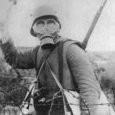



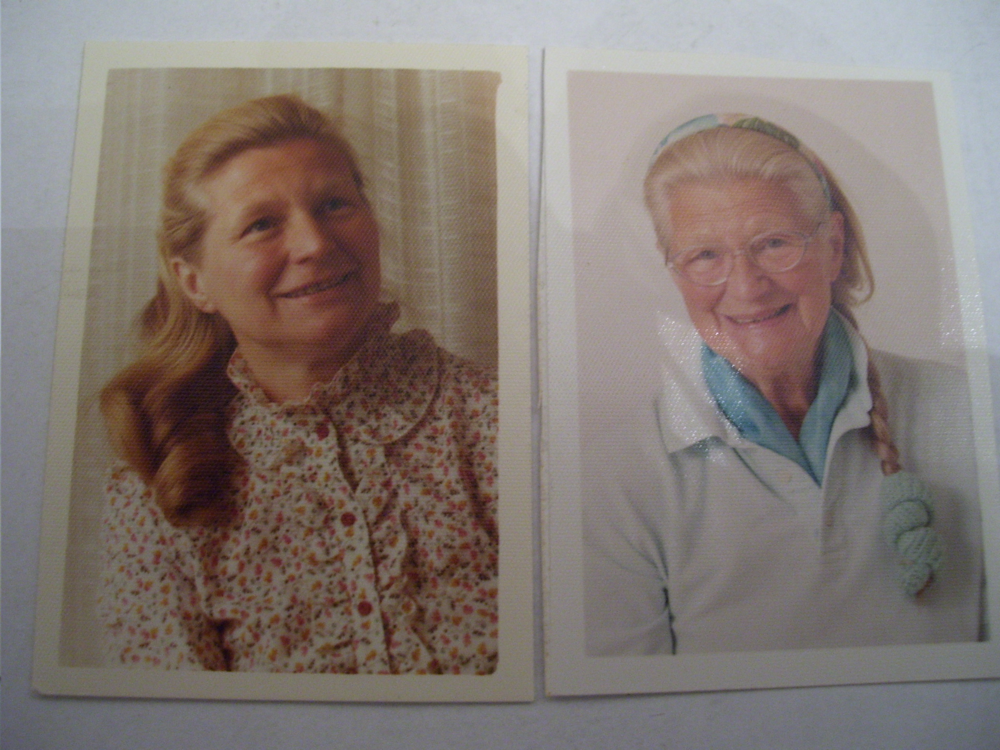
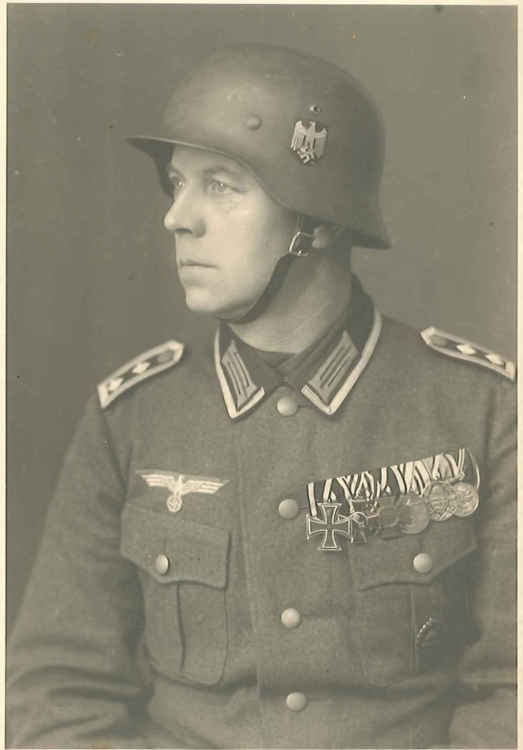
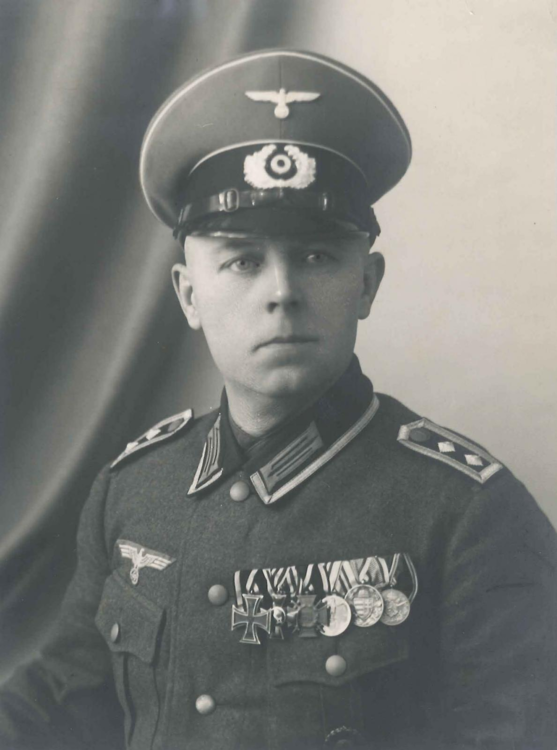
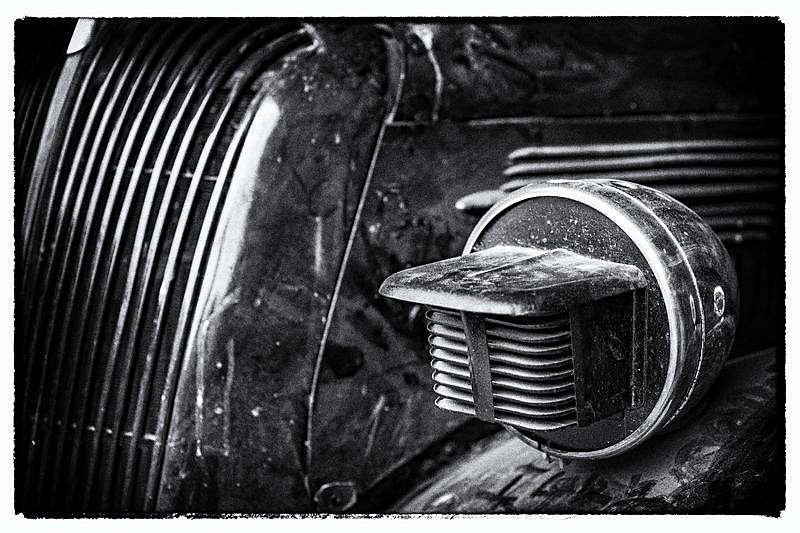
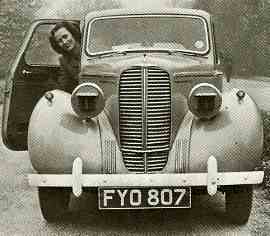

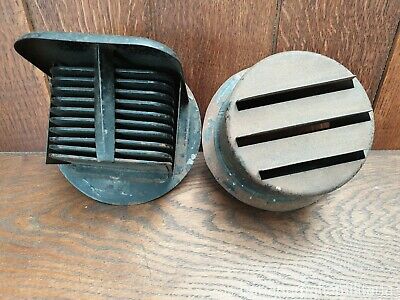
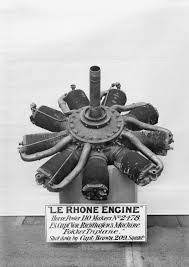
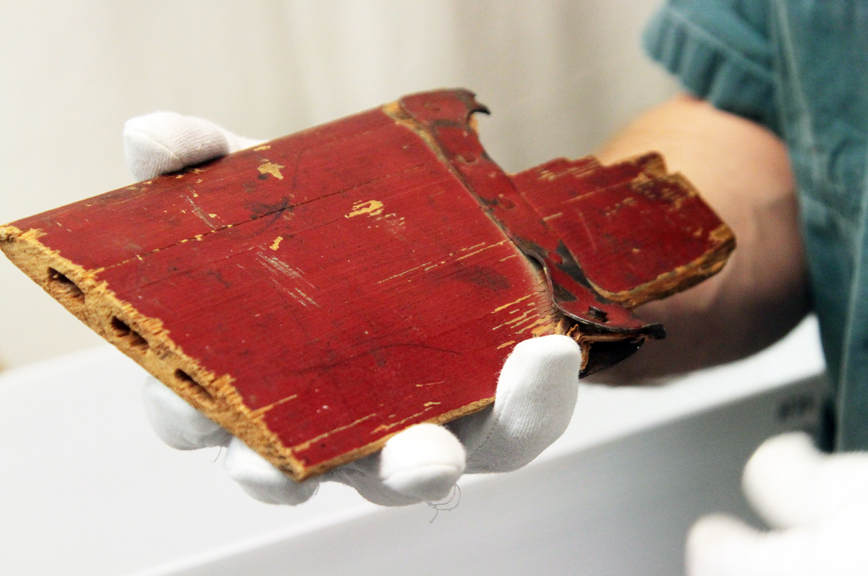
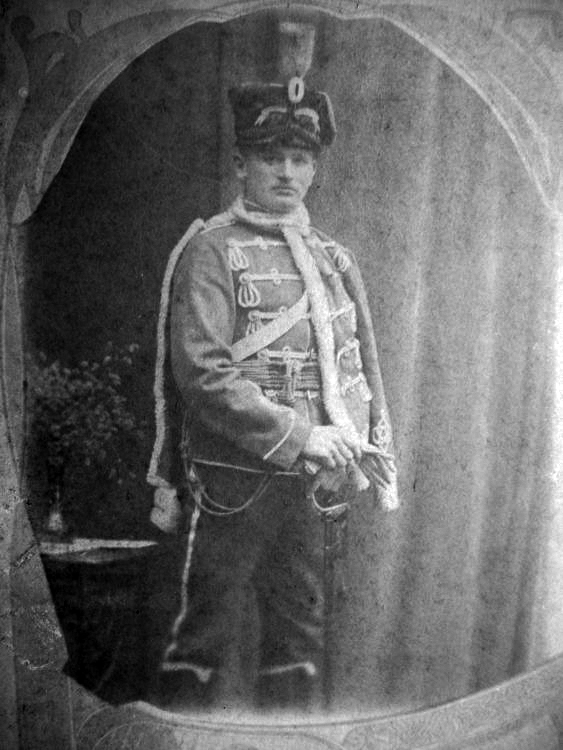
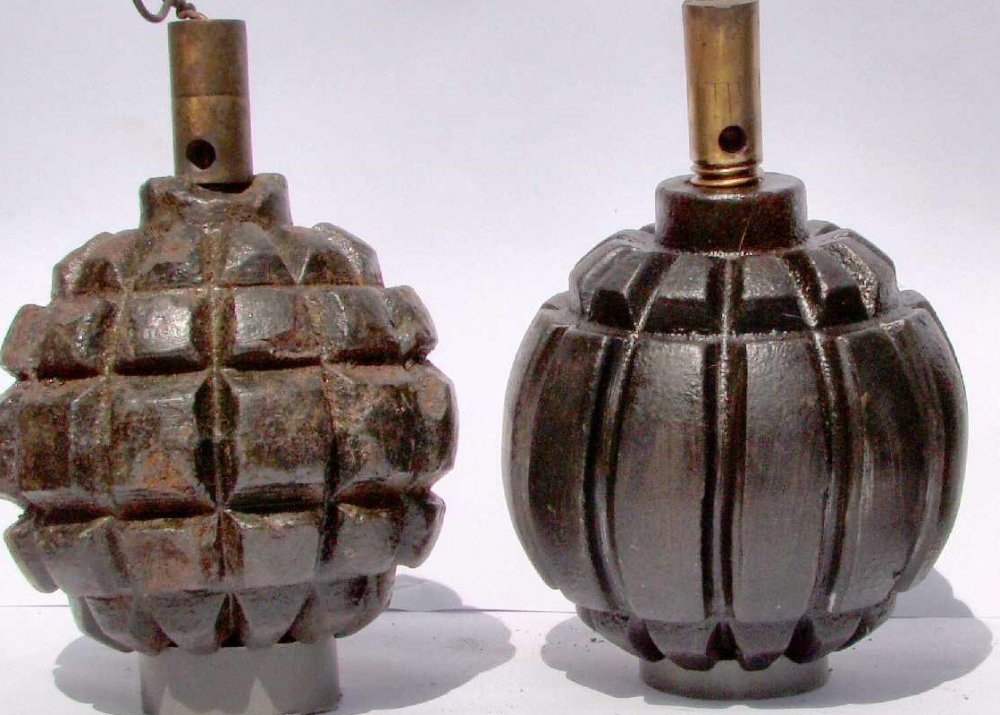
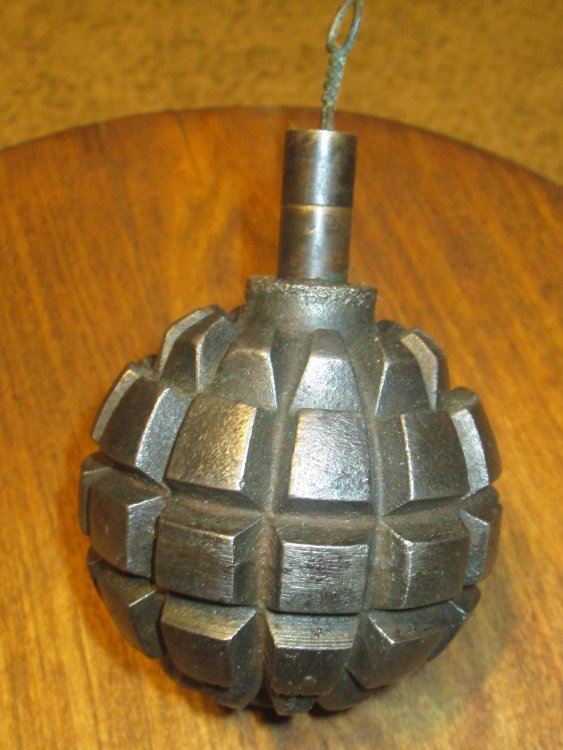
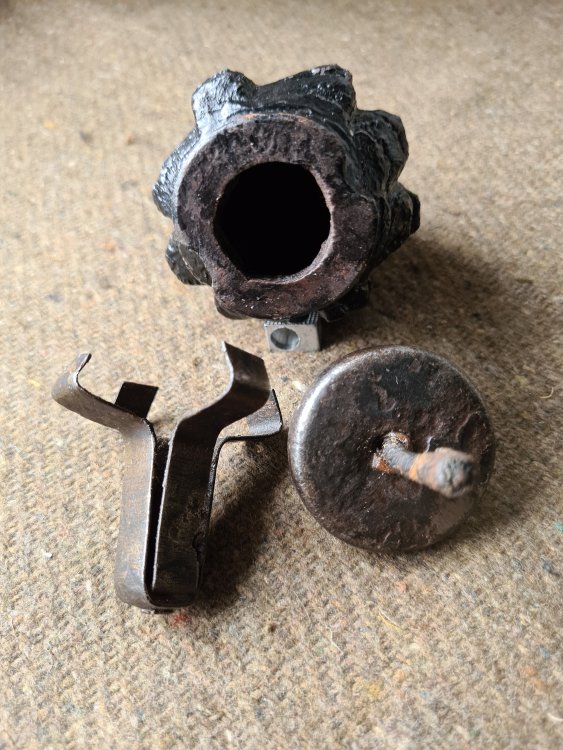
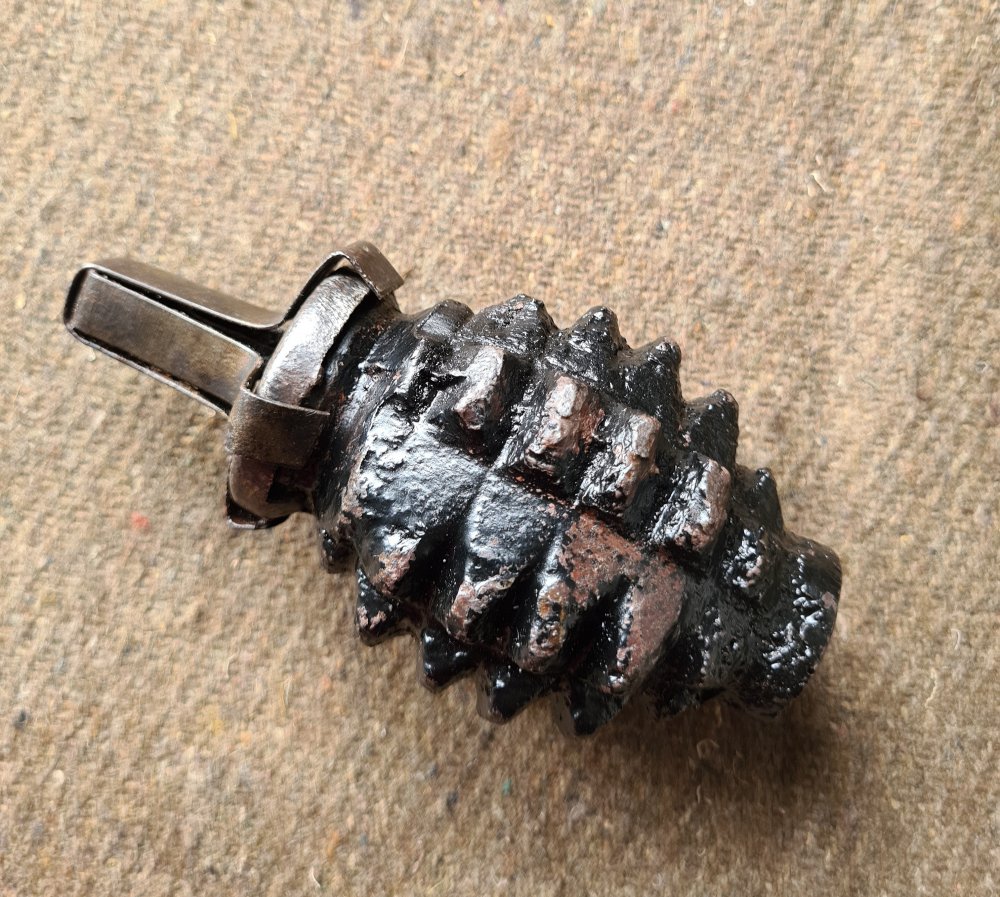
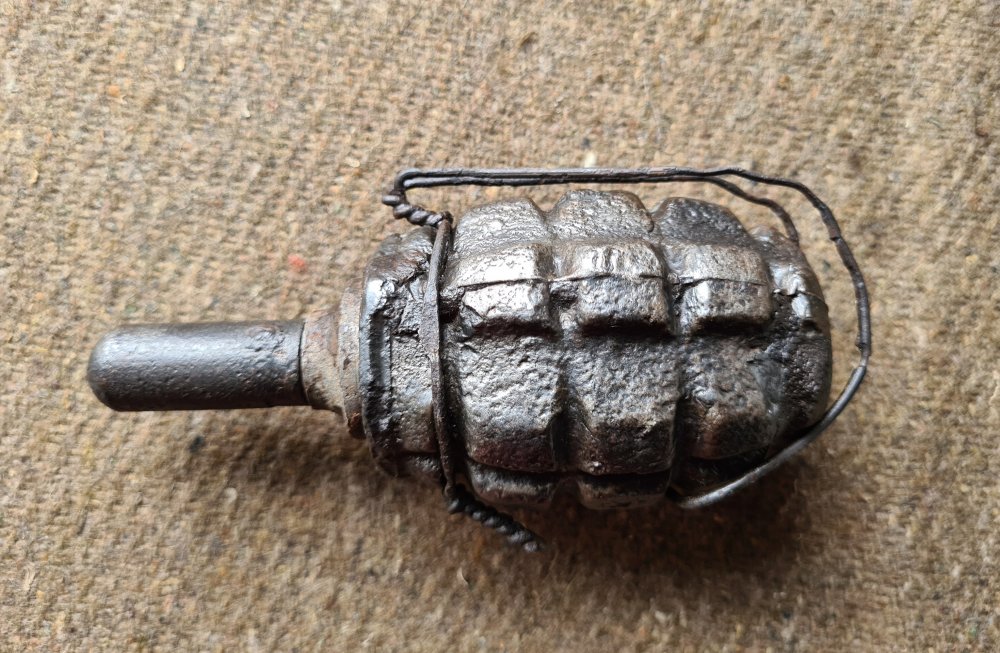
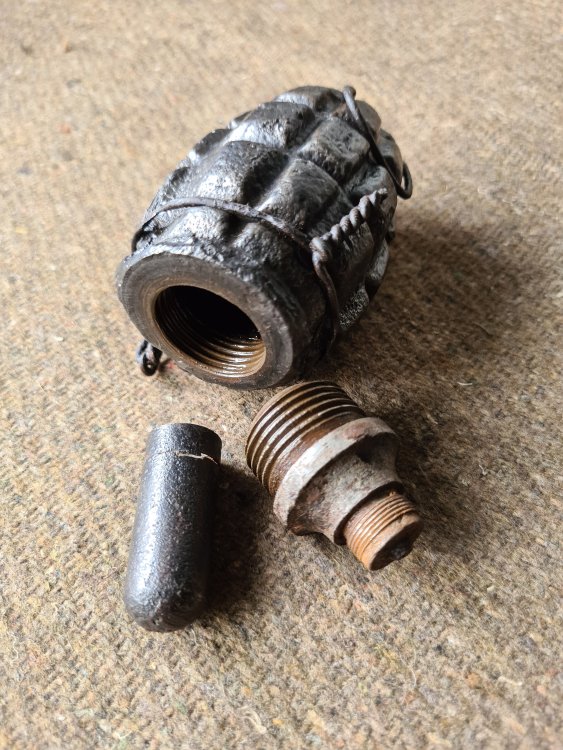
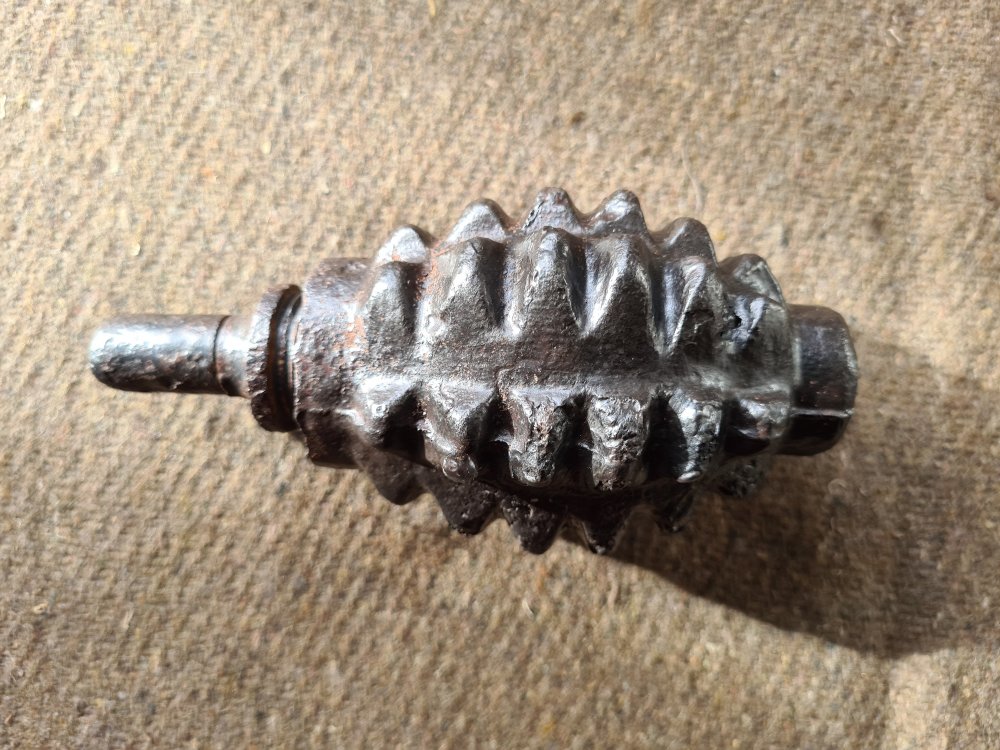
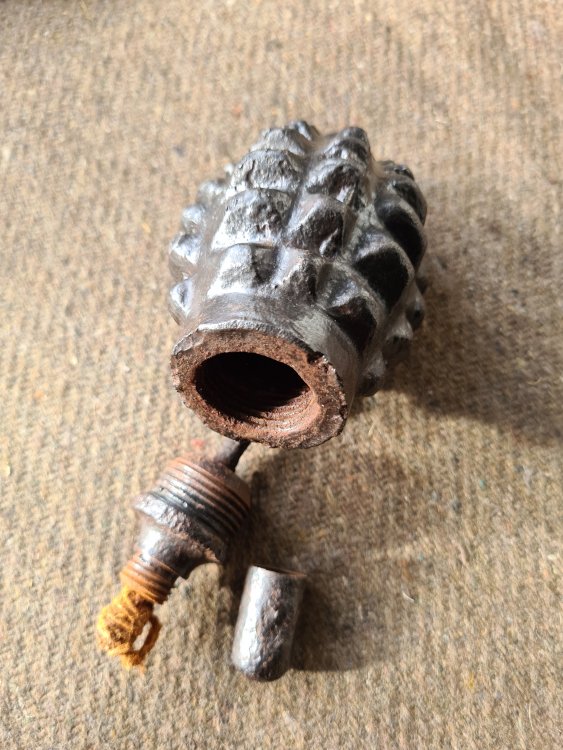

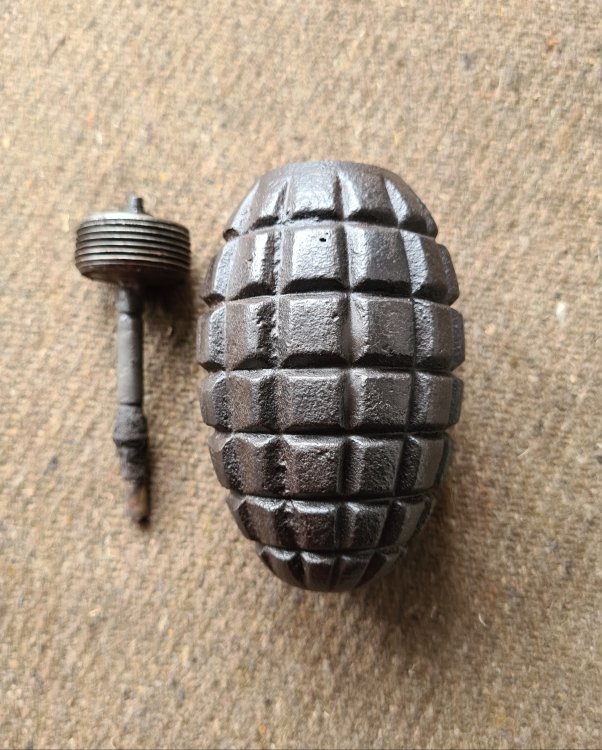
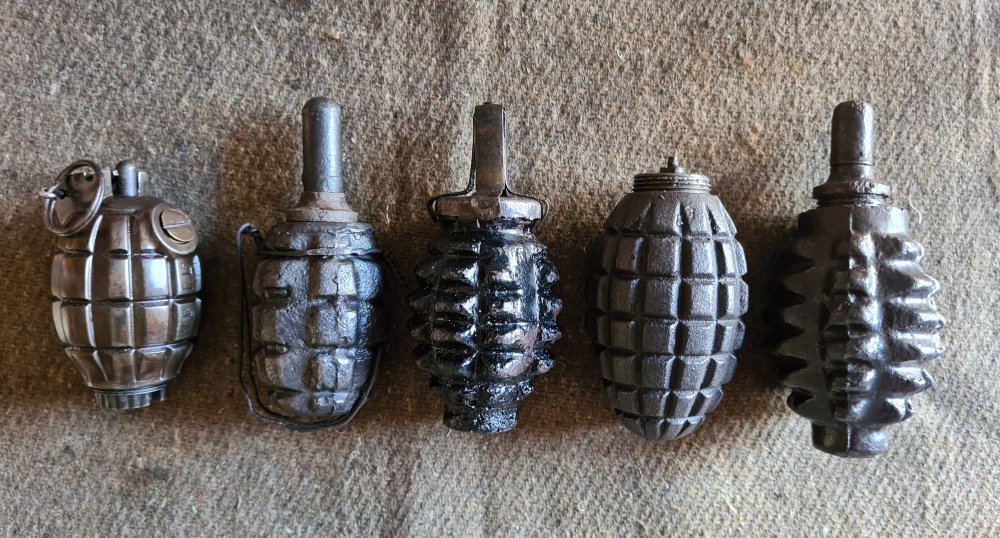
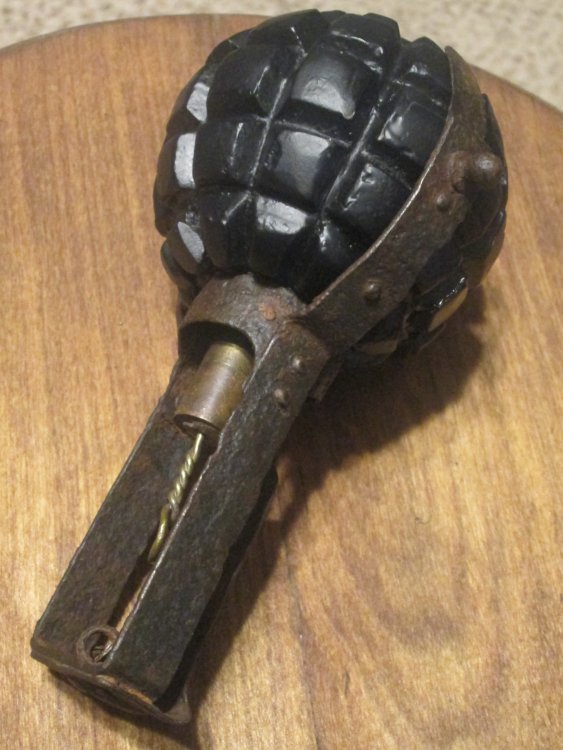
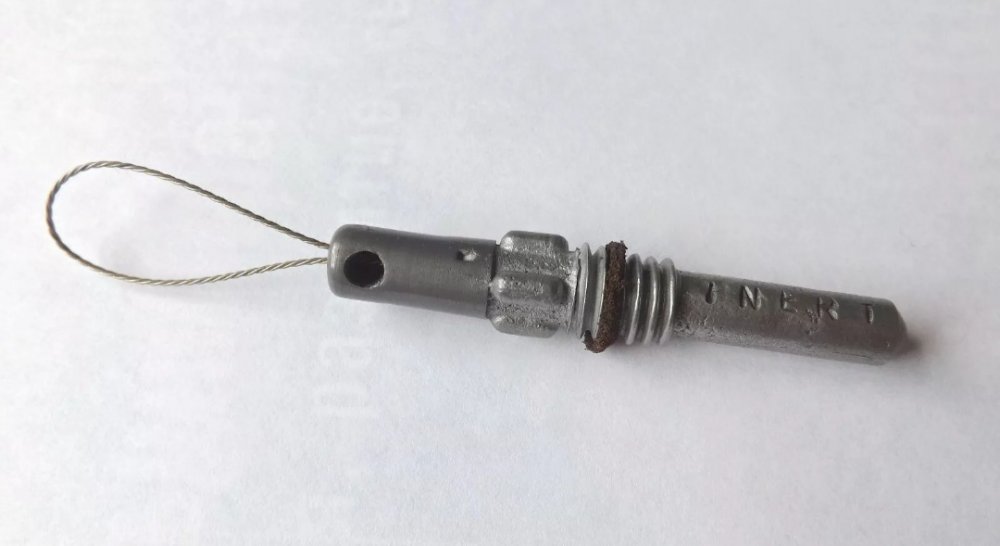
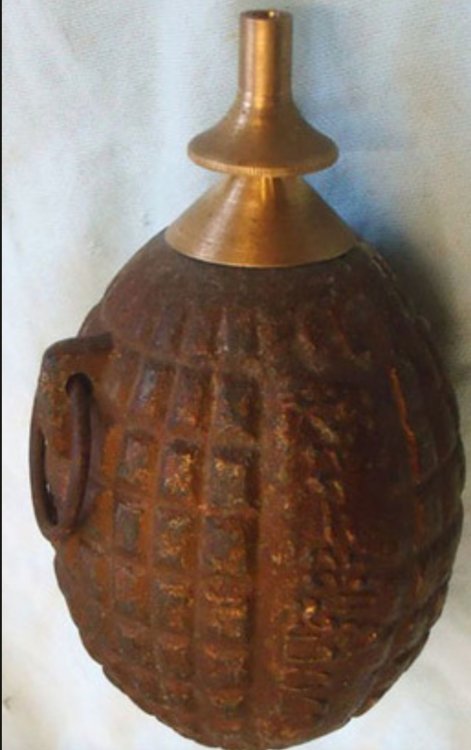
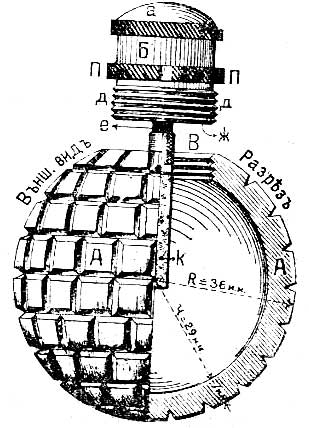
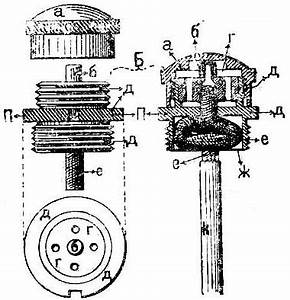
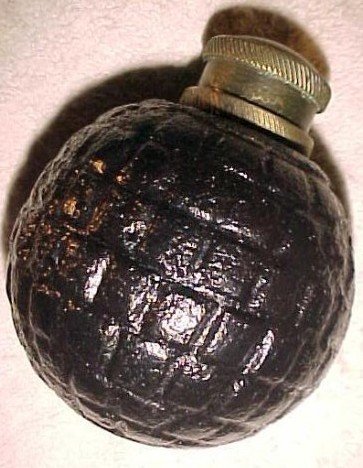
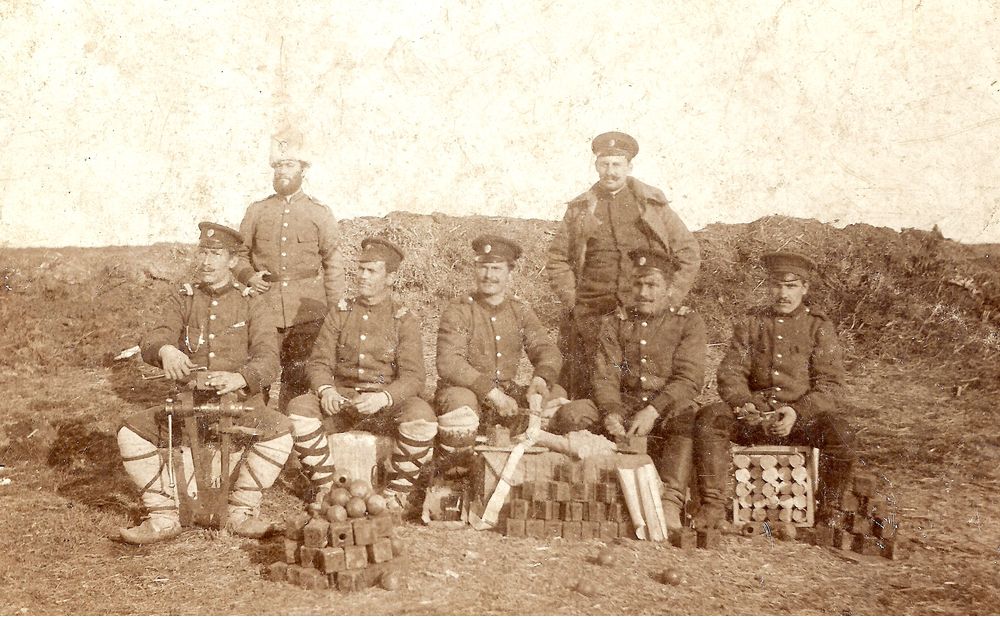
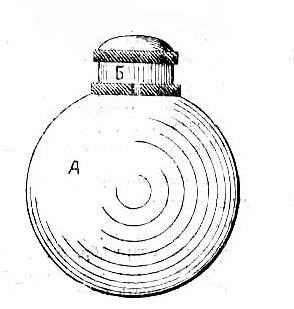

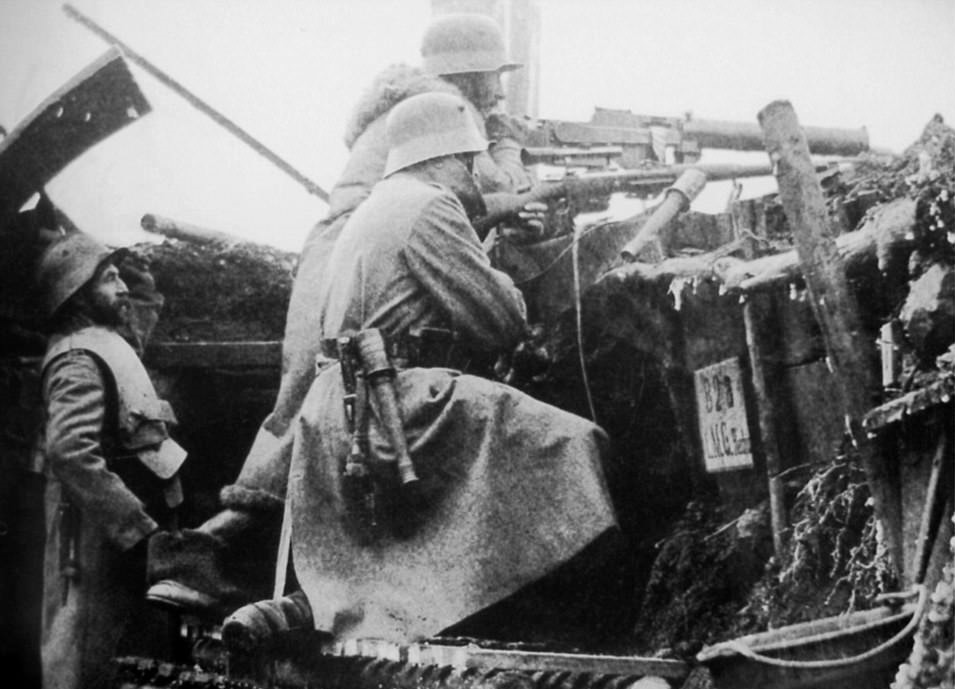
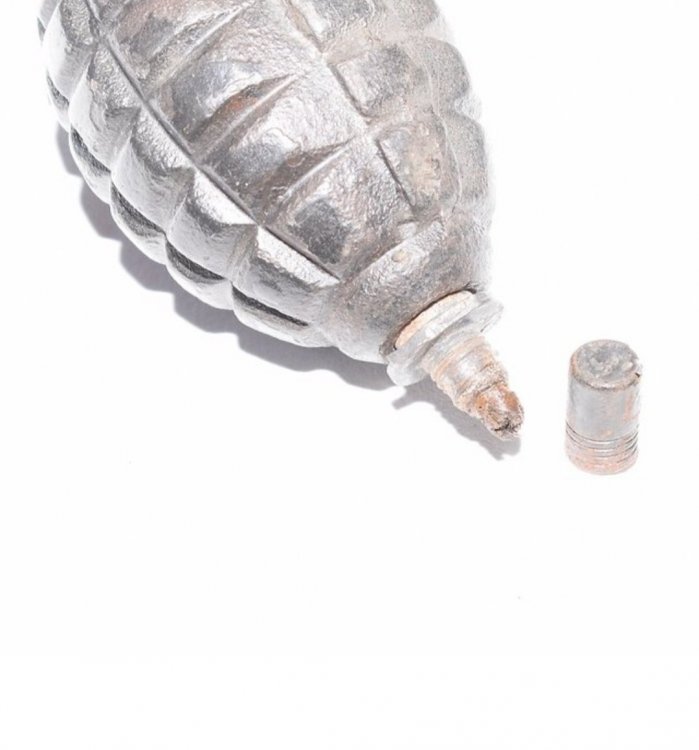
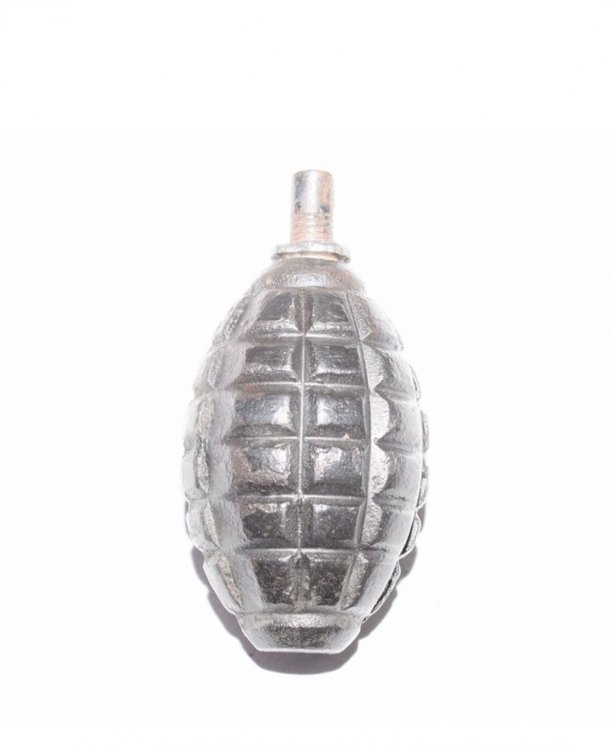
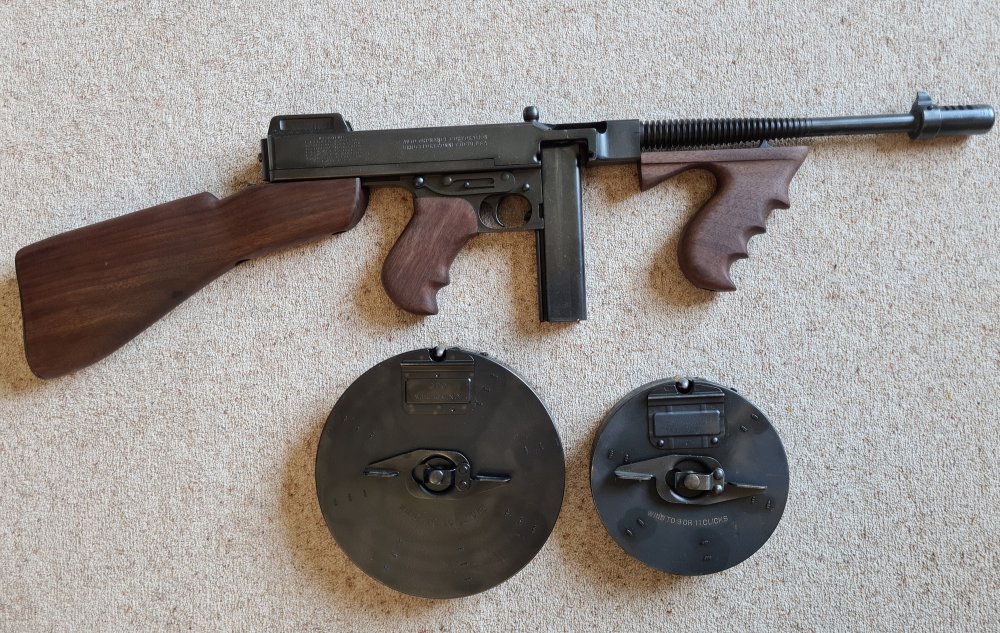
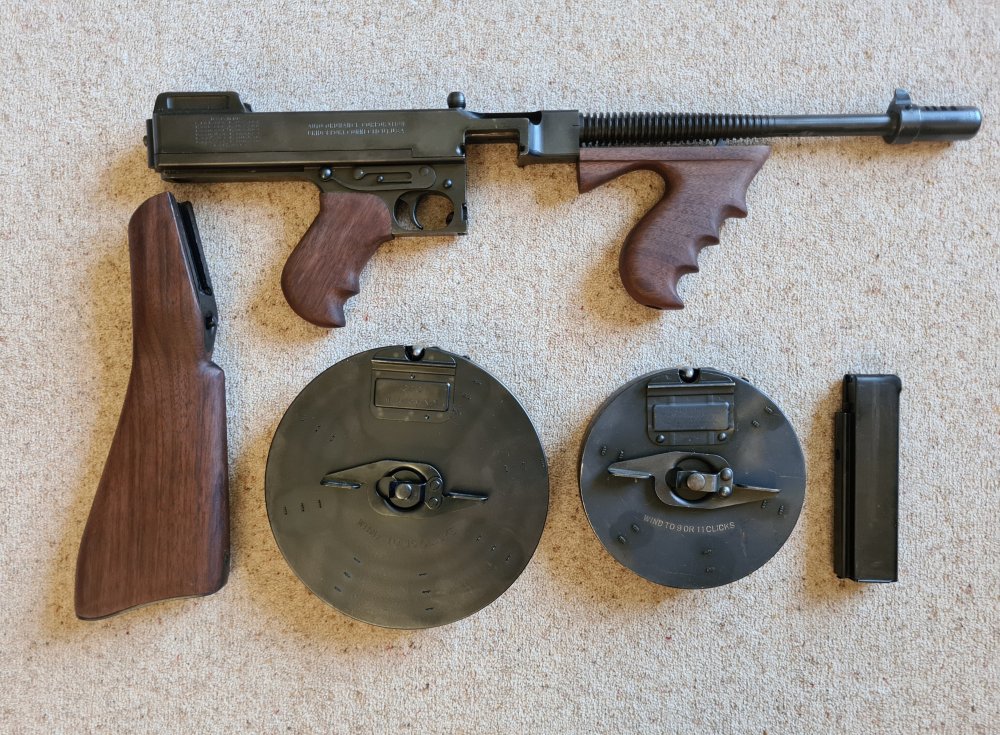
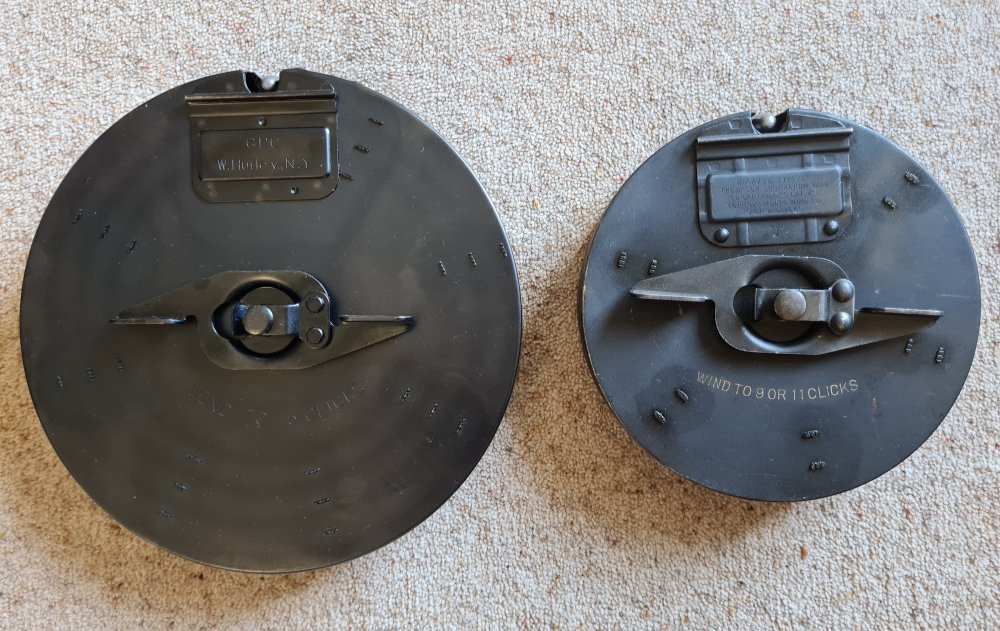
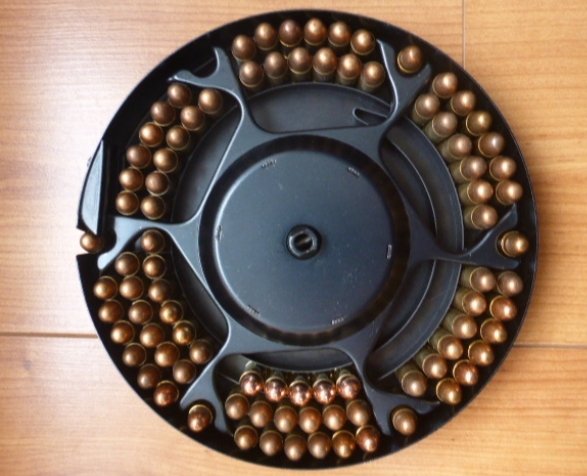
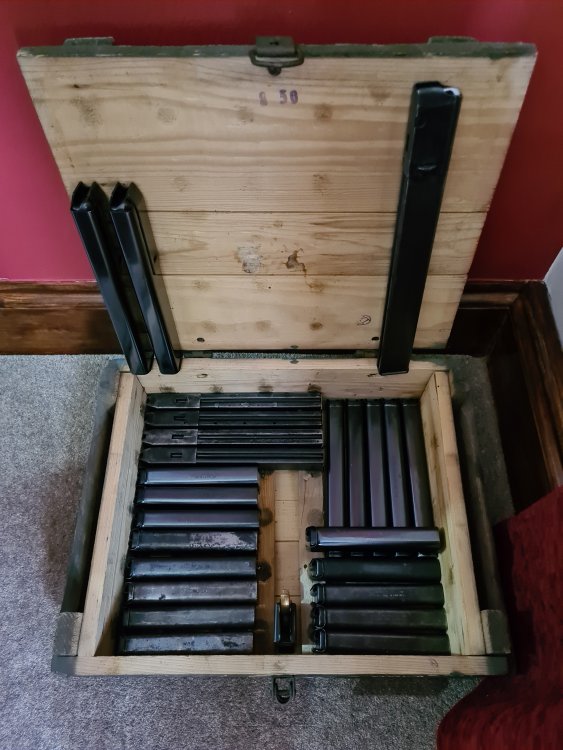
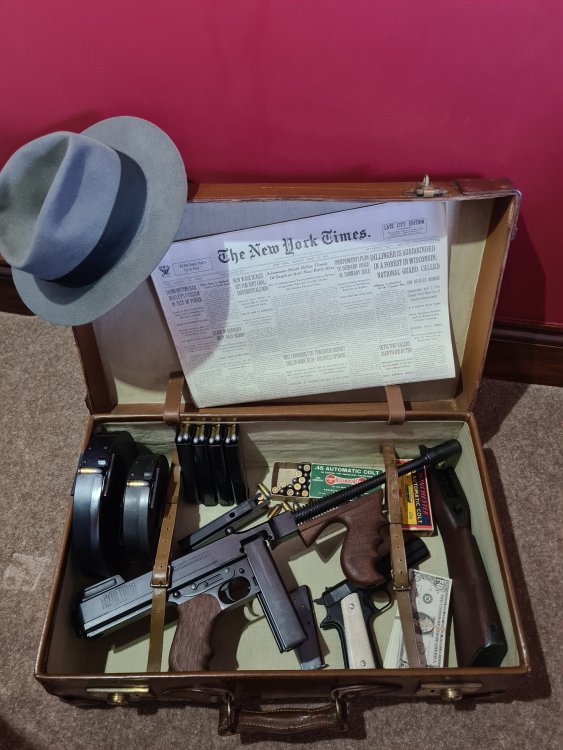
.thumb.jpg.f5efb3c34a68bea62f7e003bf19e4332.jpg)
.thumb.jpg.f45fc48ba4f115719f7ce5e753b8d6b6.jpg)
.thumb.jpg.f4ac535b746ecfa46d4d98724d574901.jpg)
.thumb.jpg.d08790938a578fd2f6b1a382397d4a23.jpg)
.thumb.jpg.49147c6fd96c8366f06cc9ac928ccb08.jpg)
.thumb.jpg.2bd1528981cfce6f7736590e008f221d.jpg)
.thumb.jpg.82242e0cb265ef871876cc92b2c0715e.jpg)
.thumb.jpg.7a89e30462f3d96e5fc8322cfb697bcc.jpg)
.thumb.jpg.2a869440731ed34a2b2fd9a6486a2f2f.jpg)
.thumb.jpg.616cd91c61c1fbb1f4da82fd0a7016b6.jpg)
